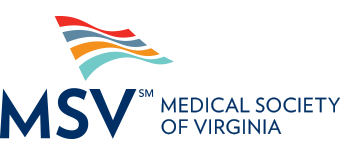Joint Statement on Evidence-Based Vaccine Science
Introduction
In an era of misinformation and politicized health policies, we aim to reintroduce ourselves, restate our commitment to fundamental vaccine science, recommend reliable resources, and invite like-minded individuals and organizations to join us. Our motivation and drive is because we believe all Virginians deserve vaccine policies grounded in the best scientific evidence.
Who We Are
We are healthcare providers, educators, parents, scientists, public health professionals, faith leaders, and concerned citizens from communities across Virginia. We care deeply about the health and wellbeing of our communities. Together, we work toward a simple but vital mission: to protect the health of all Virginians through evidence-based immunization policies and practices. We will only consider this mission accomplished when, regardless of age, background, or zip code, every Virginian has access to safe, effective, and life saving vaccines.
What Vaccine Science Tells Us
As the national conversation around vaccines becomes increasingly divisive and confusing, we want to give Virginians the most accurate information when making decisions about receiving immunizations. We do this because we are committed to protecting the health of our friends, families, neighbors and patients above all else.
We reaffirm our commitment to the following facts:
- Vaccines are one of the most rigorously tested and closely monitored preventive medical advances we have.
- Vaccine recommendations must be rooted in empirical, unbiased and peer-reviewed research informed by reliable data.
- To date, established vaccine safety monitoring systems in the U.S. have successfully detected and addressed adverse consequences of vaccines.
- Routine vaccination is necessary to protect our communities from the spread of infectious disease, including those whose immune systems may be impaired and unable to respond to vaccination. Immunizations have eliminated devastating diseases such as smallpox from the world, polio from the Western Hemisphere, and significantly reduced the impact and harms of many other vaccine-preventable diseases.
Where can the public turn for accurate information?
We reaffirm to Virginians that their local healthcare and public health providers remain committed to sharing evidence-based vaccine practices. We affirm our trust in well established experiential guidance on vaccines. We recommend that Virginians turn to their doctors, nurses, public health officials, and pharmacists as trusted resources for guidance about vaccination.
We are also in the process of reviewing and vetting online resources and recommend the following:
- These vaccine schedules reflect the highest degree of scientific integrity:
- We also recommend the sources listed here for additional vaccine information:
Conclusion
With vaccine-preventable diseases such as measles and pertussis rising, our coalition affirms that evidence-based vaccination policies, practices and resources continue to be critically important to protect the health of all Virginians.
We invite all to join us in sourcing and sharing tested and credible information.
Signed by:
Institute for Public Health Innovation
Medical Society of Northern Virginia
National Council of Negro Women
Virginia Academy of Family Physicians
Virginia Chapter, American Academy of Pediatrics
Virginia Chapter, American College of Physicians
Virginia Pharmacists Association
Virginia Public Health Association
Virginia Rural Health Association
Virginia Section of the American College of Obstetricians and Gynecologists


